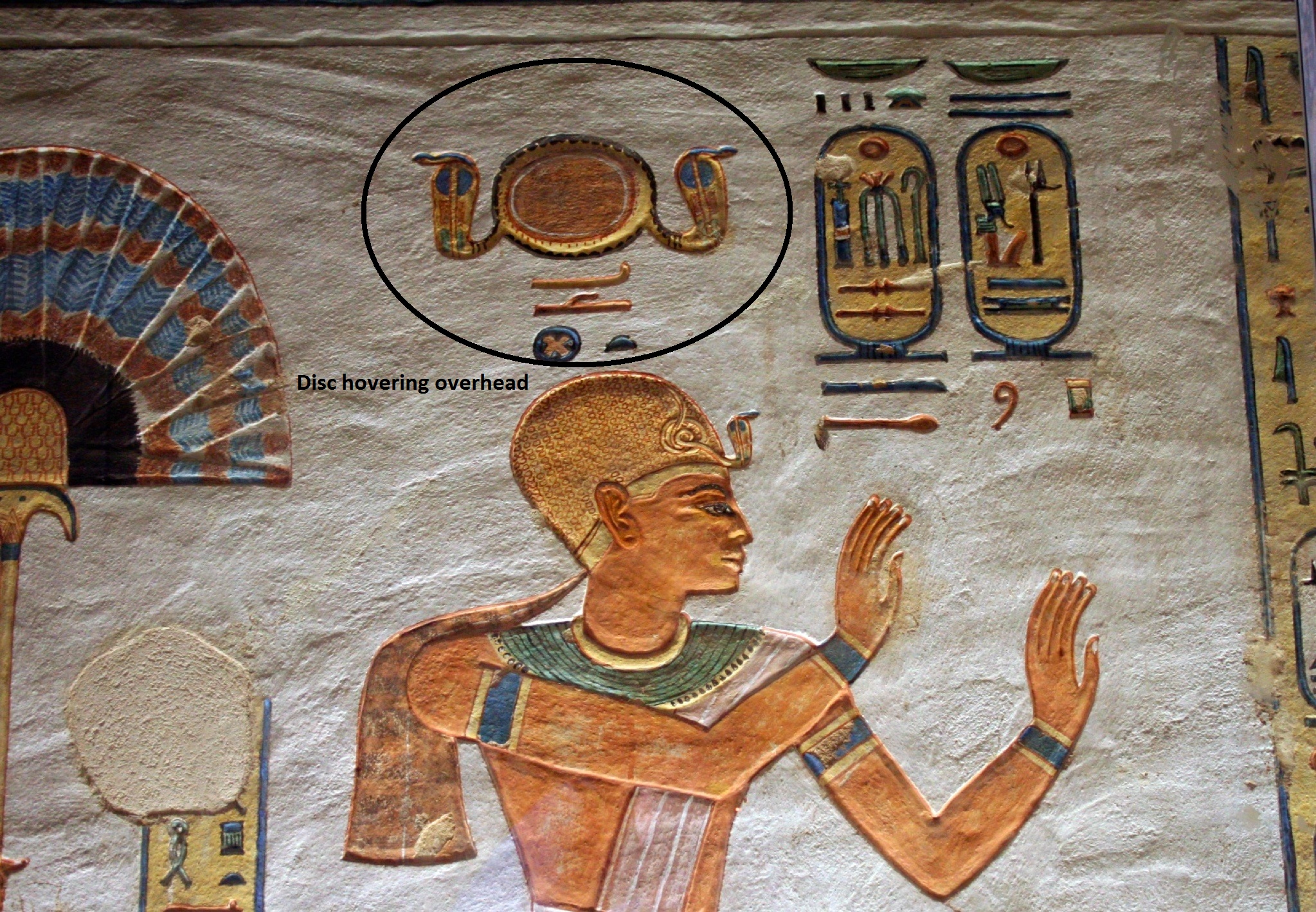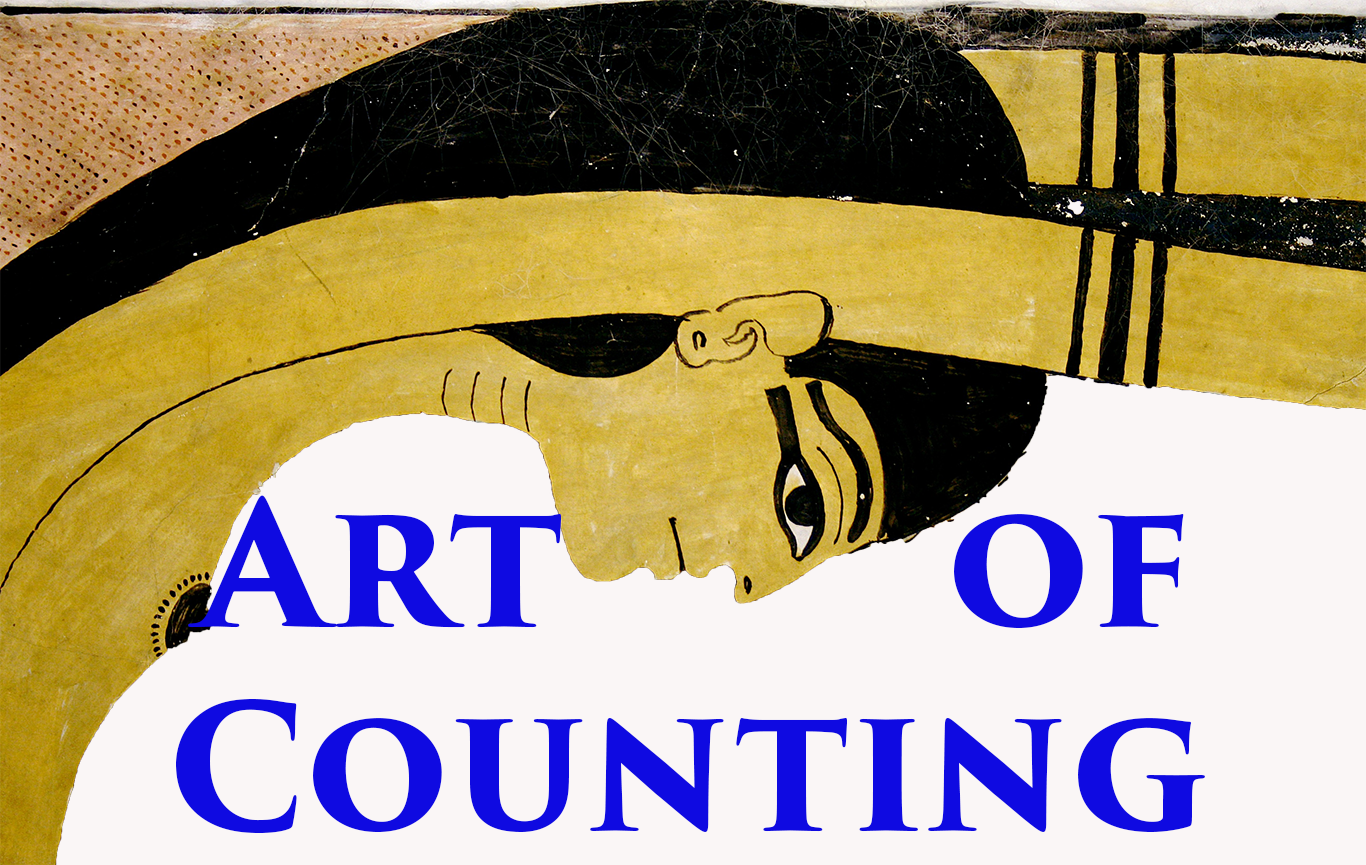
by Art of Counting | Variable of the Day
Tomb of Ramses III (KV 11) NOTE: This variable is connected with libation offerings, particularly those offerings that show the king pouring a liquid out before the god. The database tracks a wide variety of aspects related to these complex actions, including whether...

by Art of Counting | Variable of the Day
Temple of Seti I at Abydos NOTE: Two primary types of horns appear in royal headgear: the twisted, horizontal horns of the ovis longipes ram (which are often a component of both the atef and shwty crowns), and the curved rams horn of the ovis aries platyra aegyptiaca...

by Art of Counting | Variable of the Day
Tomb of Khaemwaset (QV 44) NOTE: Discs often appear over the king’s head, as do vultures and falcons. These emblems represent divine protection or, in some instances, identification, for the king. Variations in their appearances, including elements such as the...

by Art of Counting | Variable of the Day
Temple of Seti I at Abydos NOTE: This variable covers the action of any element being given to the king. There are both active (where he actually grasps or cups the item) and passive (where he does not make physical contact) versions of this variable. The gods...

by Art of Counting | Variable of the Day
Temple of Seti I at Abydos NOTE: Falcon shirts, and falcon garments in general, became particularly prominent in the Eighteenth Dynasty. Several relief examples are preserved at Hatshepsut’s temple at Deir el Bahri, on monuments of Amenhotep III, and the temple...

by Art of Counting | Variable of the Day
Tomb of Khaemwaset (QV 44) NOTE: This variable refers to falcons in any location on the headgear. Generally, they are shown wrapped around the back of the head, as seen here, but sometimes the bird–representative of the god Horus–perches atop the crown...







